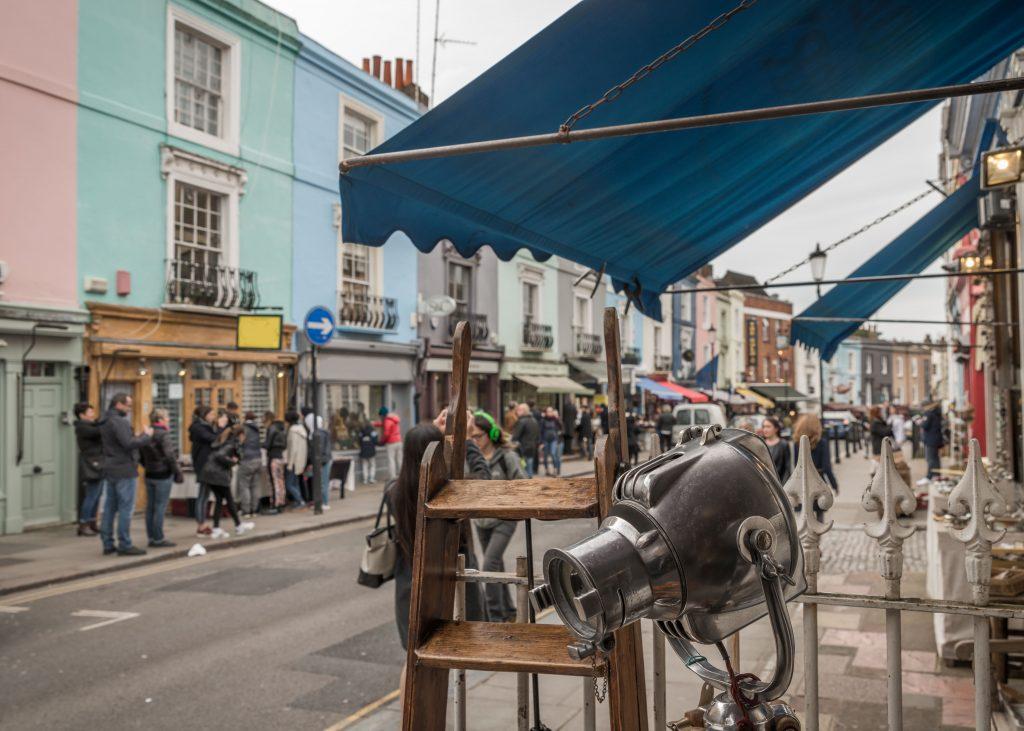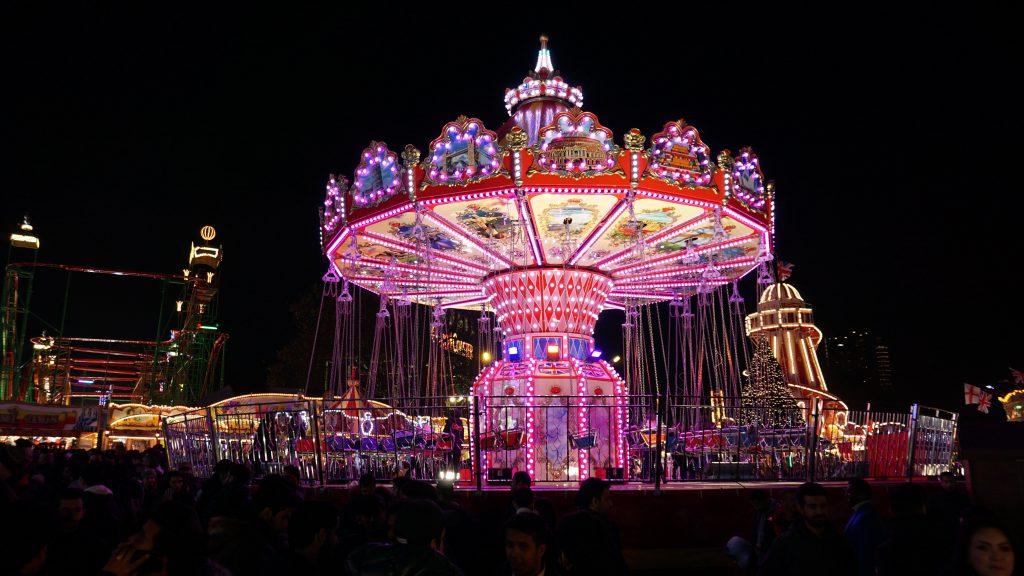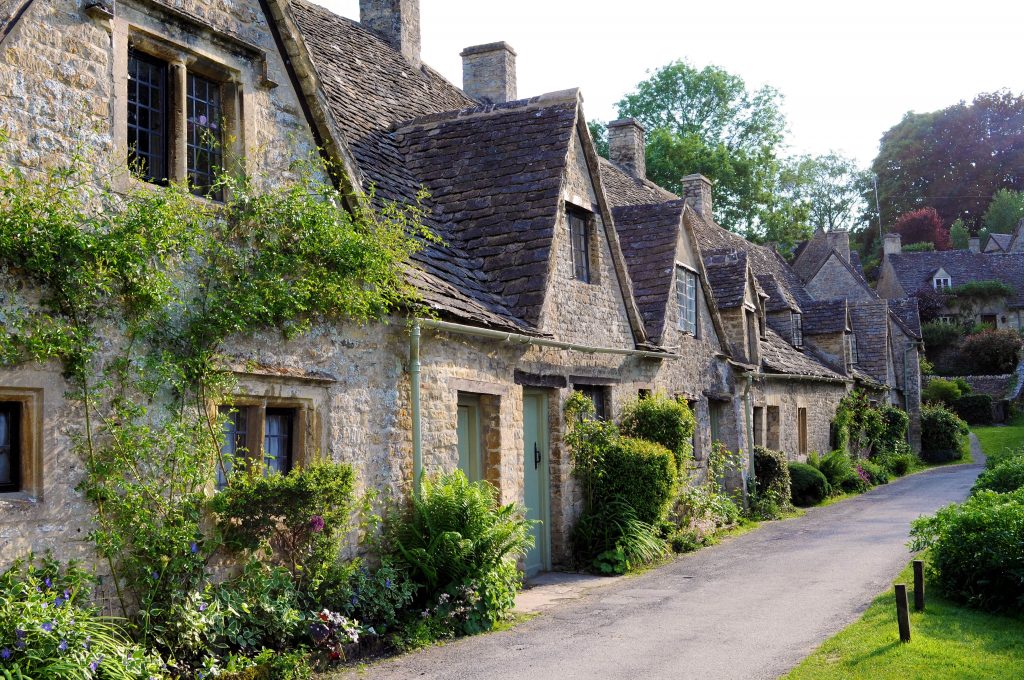Whilst London might be a sprawling urban metropolis, it is also home to a large number of beautiful green spaces. And, with 2 millennia of history, it’s no wonder that the city has allowed the growth of such wondrous parklands, spanning from the enclaves of the London Wetland Centre to the throbbing heart of central London, Hyde Park.
But, there is one park that is often (unfairly) overlooked: Richmond Park in deep West London.
Whilst it is situated a fair way out of the
city centre, Richmond Park is one of the largest parks in London and promises a
natural area full to the brim with botanic gardens, swathes of open fields, and
most distinctly, wild deer. Below is everything you need to know about Richmond
Park to make the most out of your visit to London this summer.
History of Richmond Park
Based in the London Borough of the same name, Richmond Park was designed by Charles I in the 17th century as a deer park for private hunting. In a bid to escape an outbreak of the plague in the centre of the city, Charles I retreated his court to Richmond Palace and built Richmond Park, or the king’s New Park as it was known then.
Introducing red and fallow deer to the park, the area became a hunting ground and private gardens for the monarchy. Since then, a whole host of alterations have been built into the 2000 acre space and since the reign of Edward VII’s reign, it has been fully open to the public.
Isabella Plantation
The Isabella Plantation was introduced to the park in the early 19th century, when Lord Sidmouth, the parks ranger fenced off an area of the park to keep out deer.
Since then, the boggy closed off space has been used to cultivate a wide range of plant species, including a whole host of rhododendron bushes. This closed off area of the park is open to the public throughout the day and offers up an intimate garden for the public to enjoy.
King Henry’s Mound
Offering up a stunning view of the city of London, King Henry’s Mound is a large hill dating back to the Neolithic period. Legend has it that King Henry’s Mound was used as a vantage point during the execution of Anne Boleyn. Hey ex-husband and famous Tudor King used the mound to watch for a sign that the deed was done, thus allowing him to marry his third wife Jane Seymour.
Wildlife of Richmond Park
Richmond acts as a refuge for a whole host of wild animals. Alongside around 200 deer, the park hosts snakes, rabbits, frogs, toads and many other wild British animals, making it an important wildlife enclave in the much urbanised West London area. With charities and trusts aiding to upkeep the park, the protected area has become a London nature lovers dream.
Getting to Richmond Park
If you’re travelling to Richmond Park from the Park Grand London Heathrow Hotel, Richmond Park is incredibly easy to reach via train from Hounslow to Richmond Station, taking just 15 minutes. If you are travelling to Richmond Park from the centre of the city, then take the district line from Embankment Station to Richmond, all in all about a half hour trip.



















